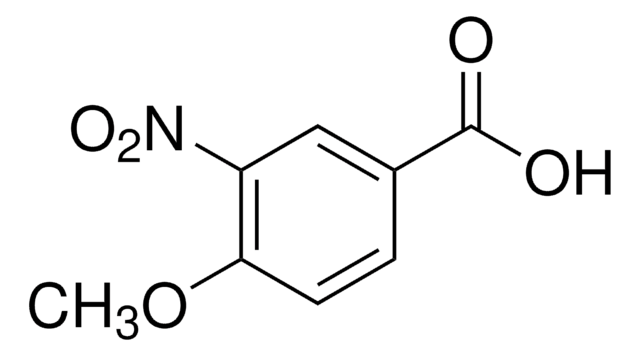Tungsten(VI) oxide (WO3) does not turn blue when treated with glowing charcoal. WO3 is generally water-insoluble. While WO3 itself is generally yellow, the reduction of WO3 by carbon may lead to the formation of different tungsten oxides (like WO3), which can exhibit various colors. However, the direct process described does not typically produce a blue solution. The resulting color changes depend on the specific reduction products and their oxidation states.
232785
Tungsten(VI) oxide
powder, ≤25 μm, ≥99% trace metals basis
Synonym(s):
Tungstic anhydride
Select a Size
Select a Size
About This Item
Recommended Products
Quality Level
Assay
≥99% trace metals basis
form
powder
particle size
≤25 μm
density
7.16 g/mL at 25 °C (lit.)
SMILES string
O=[W](=O)=O
InChI
1S/3O.W
InChI key
ZNOKGRXACCSDPY-UHFFFAOYSA-N
Looking for similar products? Visit Product Comparison Guide
Related Categories
General description
Application
- Tuning the Photo-Luminescence Properties of WO(3) Layers by the Adjustment of Layer Formation Conditions.: This research explores the photo-luminescence properties of tungsten(VI) oxide (WO3) layers and how they can be adjusted by varying the layer formation conditions. Such tuning of properties can have significant applications in energy storage and battery materials due to the enhanced electrochemical properties that can be achieved (Petruleviciene et al., 2020).
- Decomposition of Formic Acid Using Tungsten(VI) Oxide Supported AgPd Nanoparticles.: This study investigates the catalytic properties of tungsten(VI) oxide (WO3) supported silver-palladium (AgPd) nanoparticles in the decomposition of formic acid. The findings highlight the potential industrial applications of WO3 in chemical reactions and energy storage systems (Akbayrak, 2019).
Storage Class Code
13 - Non Combustible Solids
WGK
nwg
Flash Point(F)
Not applicable
Flash Point(C)
Not applicable
Personal Protective Equipment
Regulatory Listings
Regulatory Listings are mainly provided for chemical products. Only limited information can be provided here for non-chemical products. No entry means none of the components are listed. It is the user’s obligation to ensure the safe and legal use of the product.
ISHL Indicated Name
Substances Subject to be Indicated Names
ISHL Notified Names
Substances Subject to be Notified Names
JAN Code
232785-25KG:
232785-2KG:
232785-VAR:
232785-100G:
232785-500G:
232785-BULK:
Choose from one of the most recent versions:
Already Own This Product?
Find documentation for the products that you have recently purchased in the Document Library.
Customers Also Viewed
Articles
Innovation in dental restorative materials is driven by the need for biocompatible and natural-appearing restoration alternatives. Conventional dental materials like amalgam and composite resins have inherent disadvantages.
-
Hallo, färbt sich das Wolframtrioxid blau wenn man es im Wasser löst und mit glühender kohle bearbeitet ?
1 answer-
Helpful?
-
Active Filters
Our team of scientists has experience in all areas of research including Life Science, Material Science, Chemical Synthesis, Chromatography, Analytical and many others.
Contact Technical Service











